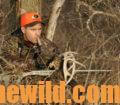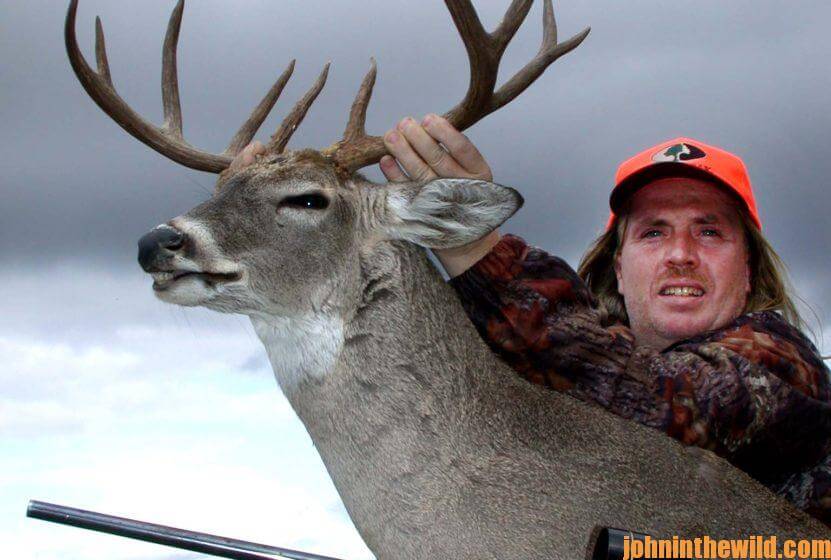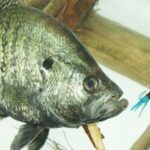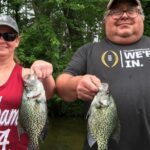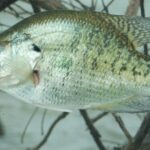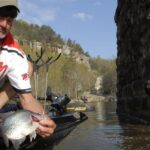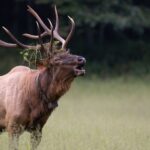Editor’s Note: Grunting, snorting, bleating and other deer sounds are hot tactics in deer hunting. There’s nothing mystical about deer calling – it’s simply using the sounds deer normally make in the woods to entice them to come near your stand. These techniques, even when mastered, aren’t a cure-all for hunting woes but are other strategies the serious, well-prepared hunter can pull from his bag of tricks to hunt smarter. What’s a hunter saying to a deer when he blows a call? What calls are the most effective? What is communicated by the different sounds that the hunter attempts to imitate? Almost every hunter and call manufacturer has speculated about these questions and their answers. Dr. Larry Marchinton, the former head of the University of Georgia’s Deer Research Project, shares his research on deer vocalization this week.
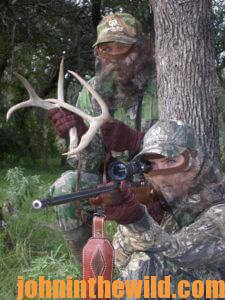 To give an overview of deer calling, we must not only mention deer vocalization but also take a look at rattling antlers. Marchinton feels that antler rattling falls into two categories: sparring matches and buck fights.
To give an overview of deer calling, we must not only mention deer vocalization but also take a look at rattling antlers. Marchinton feels that antler rattling falls into two categories: sparring matches and buck fights.
According to Marchinton, “Sparring matches, which are not true fights, usually take place early in the season right after the velvet is shed from bucks’ antlers. During this testing time, each buck learns what his position is in the herd, and deer form their pecking order. As the season progresses, and the does go into the rut, there often will be full-blown buck fights. The fights occur when two dominant bucks or two bucks come into conflict because of a doe. This is when the all-out battle occurs.
“Once you understand the difference in the two types of deer fights, you have to adapt the severity of your rattling techniques to the time of the year you’re hunting. If you’re hunting early in deer season when the bucks are forming their pecking order, then tinkling the antlers – just lightly hitting the tips together and not clashing the antlers together nearly as hard as you will later in the season – is the most effective. If you’re rattling during the rut, you need to clash the antlers together with a lot of force and grunt to simulate a full-blown buck fight.
“But once again, rattling antlers isn’t a surefire way to bring-in a dominant buck. I’ve seen dominant bucks that were tending does actually veer away from fights. Researchers believe that they move away from a fight to keep from losing the doe that they’re tending.”
Although information about deer vocalization and deer calling will make you more knowledgeable about the deer you hunt, all hunters should remember that deer calling is not a magic cure-all. Calling deer doesn’t replace the hunter’s knowledge of the animal or the hunter’s woodsmanship. The ability to call deer is just another aid that on certain days under specific conditions may bring a buck deer to the hunter.
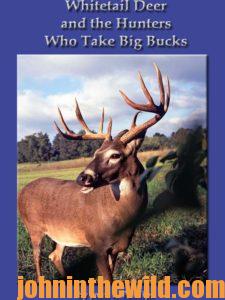 To learn more about hunting deer, check out John E. Phillips’ book, available in Kindle and print versions, and soon to be available in Audible December 1, 2019, “Whitetail Deer and the Hunters Who Take Big Bucks,” (http://amzn.to/2bYwYOK).
To learn more about hunting deer, check out John E. Phillips’ book, available in Kindle and print versions, and soon to be available in Audible December 1, 2019, “Whitetail Deer and the Hunters Who Take Big Bucks,” (http://amzn.to/2bYwYOK).

